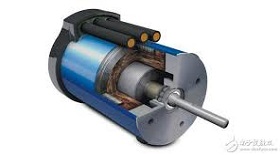Dc motor
The excitation mode of dc motor refers to the problem of how to supply power to the field winding and generate the field flux potential to establish the main field. According to different excitation modes, dc motors can be divided into the following types.
Other wound
The excitation winding has no connection with the armature winding, while the dc motor powered by other dc power sources which is called separately excited dc motor. Permanent magnet dc motor can also be regarded as separately excited dc motor.
Shunt
The excitation winding of the shunt dc motor is parallel to the armature winding. As a shunt generator, it is the end voltage of the motor that supplies the field winding. As a shunt motor, the excitation winding and armature share the same power supply, and the performance of the shunt dc motor is the same.
Series
The excitation winding of the series dc motor is connected with the armature winding in series, and then connected to the dc power supply. The excitation current of this dc motor is the armature current.
compound
The compound dc motor has two excitation windings: parallel and series excitation. If the flux potential of the series wound winding is the same as that of the parallel wound winding, it is called the product compound. If the two flux potentials are opposite, they are called differential compounding.
Dc motors with different excitation modes have different characteristics. In general, the main excitation modes of dc motors are shunt, series and compound excitation, while the main excitation modes of dc generators are shunt, shunt and compound excitation.



